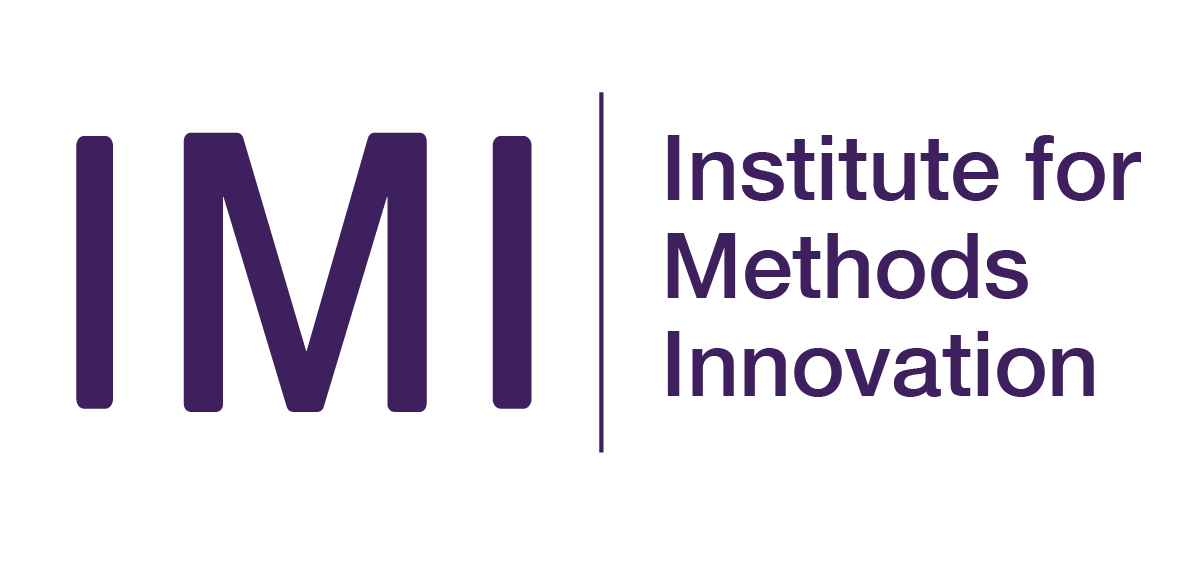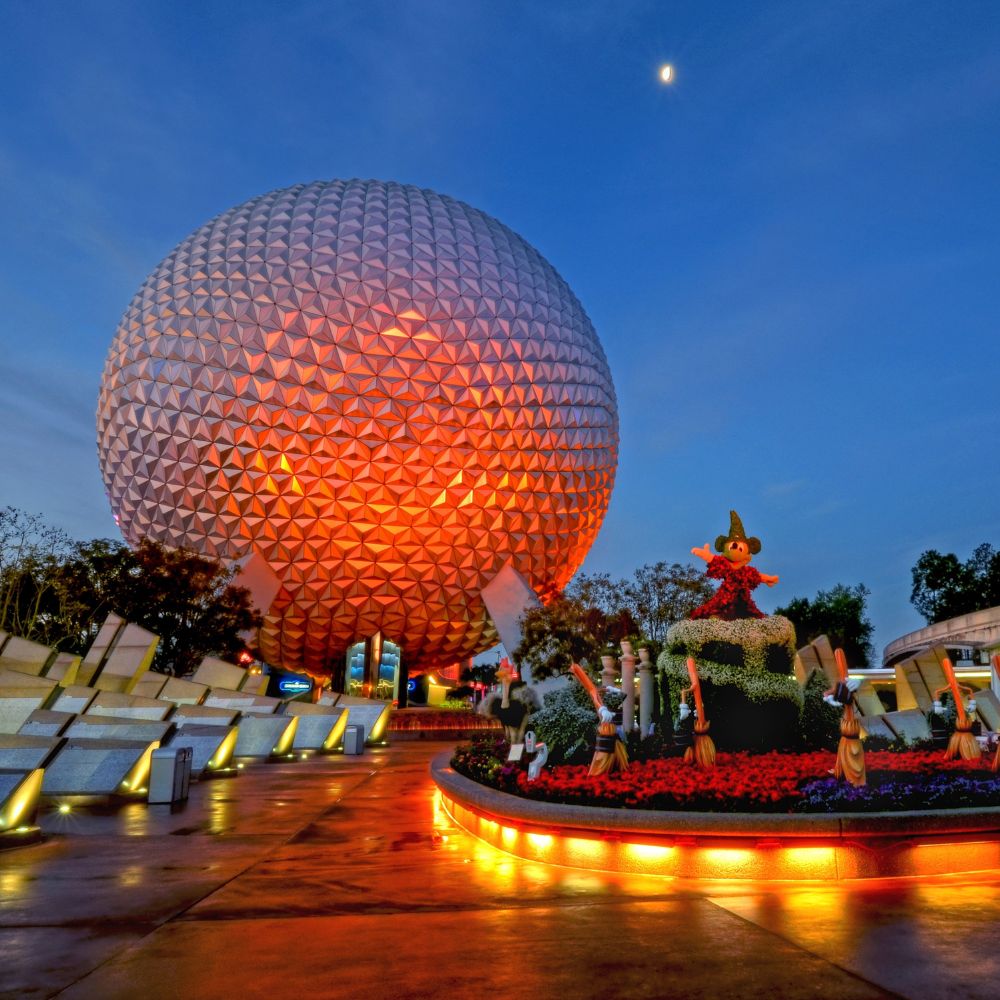Martin, D. (2019). EPCOT theme park as a science communication space: the Test Track case. JCOM, 18(04). DOI: 10.22323/2.18040209
Science and technology have become tools to legitimize messages that affect the world in terms of society, politics and economy. This paper presents part of the results of a study that analyzed the symbolic construction of the future in the scientific-technological discourse at EPCOT theme park in Orlando, Florida. The sociohistorical conditions and narrative strategies are analyzed based on the theoretical and methodological approach by John B. Thompson. The results highlighted that the construction of the notion of progress is strongly influenced by the commercial and political interests of the sponsors. In particular, the ‘Test Track’ ride totally lacks any discussion about the impact of cars on society and the environment. The future is presented as a utopian one without any possible disruption, a perception that permeated the development of the United States over the 20th century and is promoted even in the 21st century despite the evidence provided by multiple wars and crises.
Background
This work is based on a study that analyzes the symbolic construction of the future presented by four EPCOT attractions at Walt Disney World Resort in Orlando, Florida, starting from two thematic pillars: progress and science and technology. It is an open-access study available in its entirety online. For further in-depth discussion on the communication of science and technology within thematic spaces, a paper written along with Dr. Susana Herrera-Lima was previously published to focus on an attraction called Living with the Land and the environmental issue. On the other hand, this paper deals with the Test Track attraction, the issue of urban mobility and its relationship with the desired future.
Cultural industries as science communication spaces
In a media-oriented world such as ours, the communication of science and technology has been implemented by various actors with different intentions and objectives. Science and technology have become tools to legitimize messages on a desired future that affect the world in terms of society, politics and economy. Cultural institutions, understood as the bodies that exercise symbolic power [Thompson, 1997 ], have played a great role in this practice.
Within the wide range of cultural bodies, there are cultural industries that produce symbolic assets with a commercial purpose. A few examples of cultural industries are film studios, publishing houses, record labels, and even tourist/holiday resorts. These industries are battlefields in which cultural, political, social and economic wars are fought. By their nature, these spaces employ persuasion and entertainment strategies in their narratives to attract and arouse public interest.


